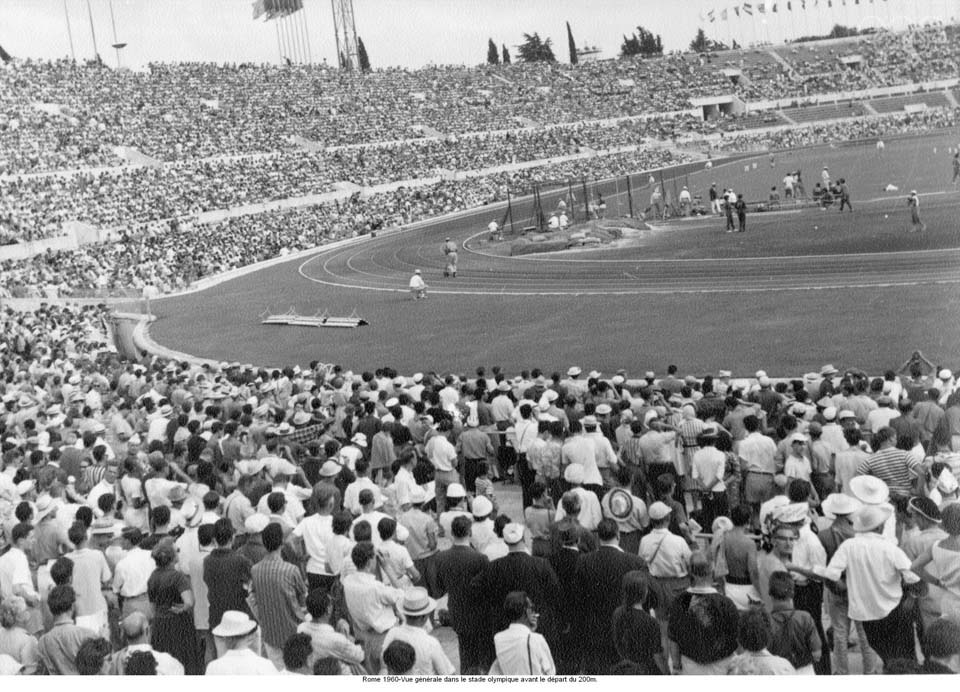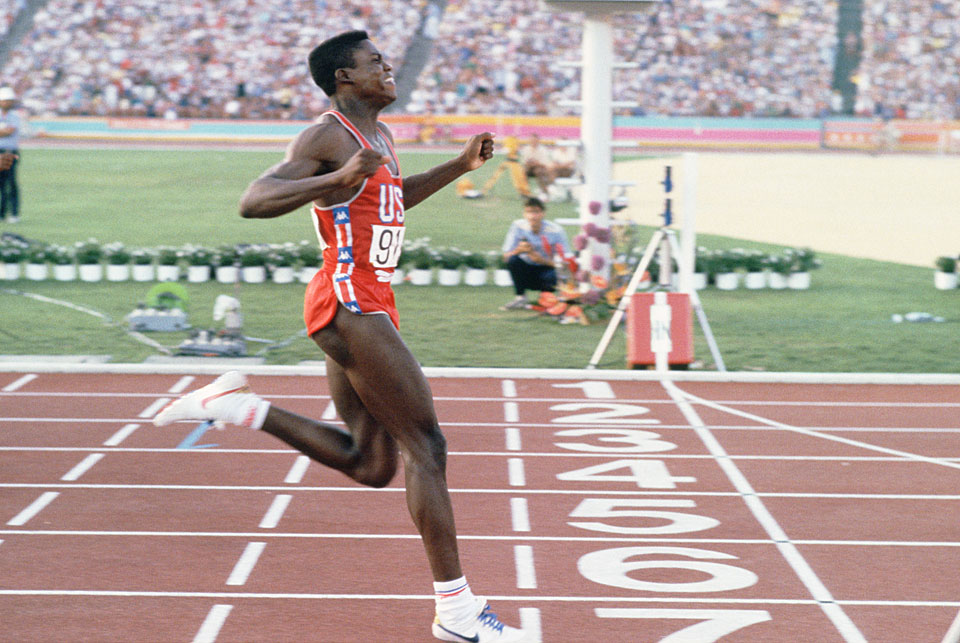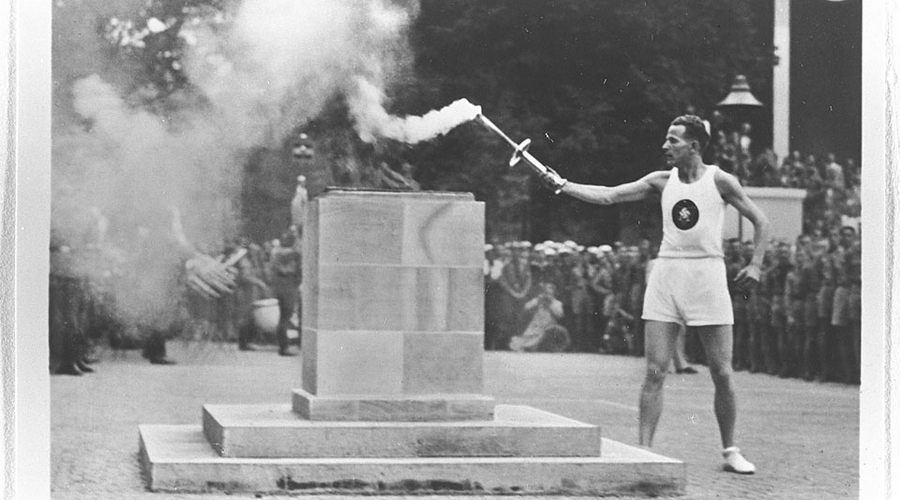With the recent news that broadcasting in 4k ultra HD has been ruled for the Rio Games, we take a look back at TV tech firsts through the years.
The Olympic games have seen a wave of new ideas in broadcasting demonstrated throughout its history. Since the Berlin games in 1936 saw early broadcasts for the first time, the games have continued to be the standard bearer of innovation in broadcasting. With the International Olympic Committee looking into potential Virtual Reality options for Rio in 2016, reinventing the way we watch not only sport, but television as a whole could be set to continue.
Berlin 1936
The Berlin games in 1936 marked the first ever live sports broadcast. At 180 lines and only 25 frames per second, German firms Telefunken and Fernseh broadcast live into "ublic Television Offices " in Berlin and Potsdam.
London 1948
It wasn't until London 1948 when the games would return due to World War II. For the first time the games were broadcast directly into people's living rooms as 64 hours of the games were put out by the BBC.
 Rome 1960, Pictures from Olympic.org
Rome 1960, Pictures from Olympic.org
Rome 1960
Until 1956 broadcasts were limited to only host countries. By 1960's Rome Olympics, tapes were flown around the globe bringing the number of countries to see the games all the way up to 21. For the first time, the Olympic games were reaching the audiences that the athletes were representing.
Tokyo 1964
Tokyo then became the first Olympics to be aired in colour. These games more importantly were broadcast via satellite for the first time as the opening ceremony was shown in the United States. With the rise of technology it was also the first time results were stored by computer.
 Carl Lewis at LA games 1986, Pictures from Olympic.org
Carl Lewis at LA games 1986, Pictures from Olympic.org
Los Angeles 1984
The LA games became the initial testing ground for high definition television. Progress with HD was slow as it did not reach the UK for another 20 years.
London 2012
By 2012 technology had moved to the point where almost all the games could be viewed in their entirety online. 2,500 hours of live sports coverage was available via the BBC during the games. In the short period between the Beijing games in 2008 and London 2012, the number of Facebook users had grown nine times larger while the number of people on Twitter had increased by over a hundred times in the same time period.
The games have continued to be at the forefront of broadcasting technology throughout its past. While ultra HD might have been ruled out for Rio 2016, history would suggest that there are more technological breakthroughs still to come.
By Alastair Ballantyne

